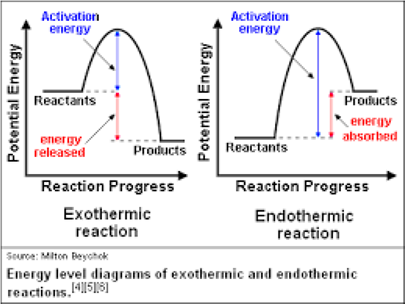What is Pauly's Test for amino acid?
Pauly’s test is a biochemical test for the detection of tyrosine and histidine where the reagent couples with amines, phenols, and imidazole groups. The test was discovered by and is named after
the German
Chemist Hermann Pauly. Pauly’s test is a specific test for proteins containing
tyrosine and histidine as the reagent undergoes diazotization with aromatic
groups. The reaction is
❖ Pauly’s test is based on the
principle of coupling between the amino acids and the diazonium ion formed in
the reagent. The pauly’s reagent consists of sulphanilic acid dissolved in
concentrated hydrochloric acid. The sulfanilic acid undergoes diazotization in
the presence of sodium nitrate and hydrochloric acid. The result of the
diazotization reaction is the diazonium salt (pphenyldiazosulphonate). The
diazonium salt thus formed couples with histidine molecule in an alkaline
condition to form a dark red or cherry colored compound. The color might
decrease in intensity and changes into an orange color when the solution is
made acidic. In the case of tyrosine, a similar cherry red-colored complex is
formed which then changes into yellow color on dilution and bronze-yellow color
on acidification. Each molecule of histidine and tyrosine reacts with two moles
of diazonium compound reacts to form a mole of bis(azobenzenesulphonic
acid)histidine or bis(azobenzenesulphonic acid)tyrosine.
❖
Sulphanilic acid + HNO2 + HCl → Diazonium salt + 2H2O
Diazonium salt + Tyrosine → Azo dye (red color)










Comments
Post a Comment